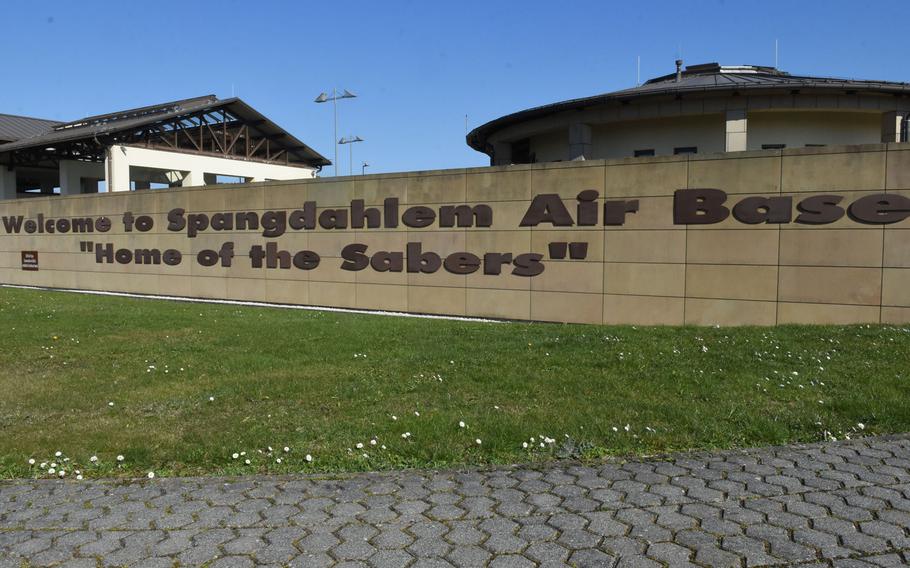The U.S. military has raised the security threat levels at its bases across Europe, including significant installations like Ramstein Air Base in Germany, due to perceived increases in potential threats. This change in security posture is indicated by an increase in the Force Protection Condition (FPCON) level, which is a system used by the U.S. Department of Defense to communicate the severity of potential threats and to implement corresponding security measures.
Understanding FPCON Levels:
The Force Protection Condition (FPCON) system has several levels, each representing a different degree of threat and requiring specific security actions:
- FPCON Normal: No current terrorist activity. Routine security measures are in place.
- FPCON Alpha: A general threat of possible terrorist activity exists, but the nature and extent are unpredictable. Basic security measures are taken.
- FPCON Bravo: An increased and more predictable threat of terrorist activity exists. Security measures are heightened.
- FPCON Charlie: An incident occurs, or intelligence is received indicating some form of terrorist action or targeting is likely. Additional security measures are implemented.
- FPCON Delta: A terrorist attack has occurred or is imminent in the immediate area. Maximum security measures are enforced.
Impact of Raising Security Levels:
When the U.S. military raises the FPCON level, particularly to FPCON Charlie or higher, it signifies a significant and credible threat to U.S. personnel and facilities. This change triggers a series of actions, including:
- Increased security patrols and surveillance.
- Enhanced identification checks at entry points.
- Restrictions on base access and movements within the base.
- Reinforced barriers and additional physical security measures.
- Heightened readiness and alertness among military personnel.
Reasons for Raising Threat Levels:
The decision to elevate the threat level is typically based on specific intelligence or recent events indicating an increased risk of terrorist activities or other hostile actions targeting U.S. interests. These reasons can include:
- Intelligence reports suggesting planned or imminent attacks.
- Increased activity or threats from terrorist groups.
- Recent attacks or incidents in the region that indicate a heightened threat environment.
- Political or military developments that could provoke hostile actions.
Effect on Personnel and Operations:
Raising the security threat level affects not only the operational aspects of military bases but also the daily lives of service members and their families. Personnel may face stricter access controls, longer waiting times at checkpoints, and increased vigilance in their day-to-day activities. These measures, while potentially inconvenient, are aimed at ensuring the safety and security of everyone on the base.
Communication and Cooperation:
The U.S. military typically works closely with host nation security forces and other allies in Europe to coordinate responses to heightened threats. This cooperation ensures a comprehensive approach to security and helps to maintain stability in the region.
In summary, the U.S. military's decision to raise security threat levels at its bases in Europe reflects a proactive approach to countering potential threats and safeguarding its personnel and assets. This heightened state of alertness is crucial for maintaining readiness and ensuring the continued protection of U.S. and allied interests in the region.




0 Comments